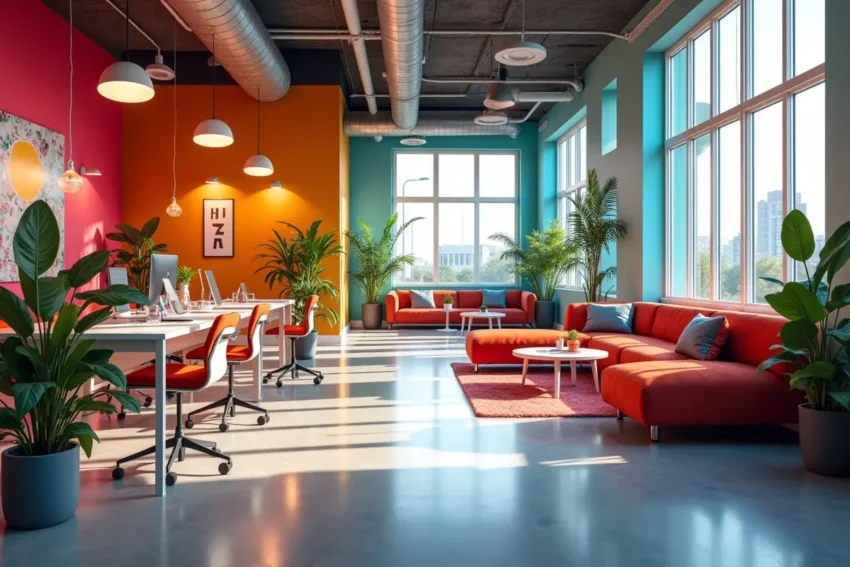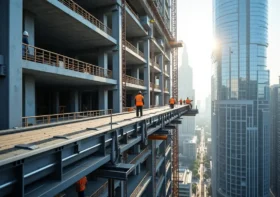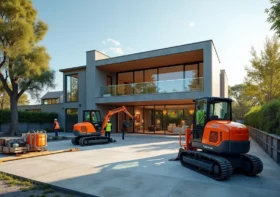The Role of Creativity in Everyday Spaces

Creativity is often associated with art galleries, design studios, or architectural landmarks. Yet, its influence reaches far beyond these settings and plays an essential role in the places we interact with daily.
From homes and schools to streets and public buildings, creativity has the power to shape how we live, work, and connect with others. Everyday spaces become more than functional environments when infused with creative thinking; they become sources of inspiration, comfort, and even community pride.
Contents
Shaping the Atmosphere of a Space
The design of an environment influences how people feel and behave. Creative elements such as lighting, textures, and color schemes help to establish an atmosphere that resonates with its purpose. A vibrant classroom encourages imagination and learning, while a calming healthcare space reduces stress and promotes healing. By approaching the design of these spaces with creativity, we can enrich the atmosphere and create a more meaningful user experience.
Even the smallest details can make a difference. The pattern of tiles in a hallway, the way natural light enters a room, or the integration of art on walls all contribute to a sense of identity. When carefully considered, these details not only enhance visual appeal but also create spaces that feel welcoming and memorable.
Enhancing Functionality Through Creative Solutions
Creativity isn’t just about aesthetics; it’s also about finding practical solutions to everyday challenges. A creative approach to layout, for example, can maximize the use of small areas without compromising comfort. Similarly, innovative materials and design techniques can make spaces more sustainable, durable, and efficient.
One practical example is the use of External rendering Glasgow. While primarily a protective measure for buildings, rendering can be applied creatively to transform facades, giving them a fresh and modern character. It combines functionality with artistic vision, demonstrating how creativity and practicality can seamlessly work together.
Building Stronger Communities
Creativity in shared spaces plays an important role in shaping communities. Public areas such as parks, plazas, and bus stops become gathering points when designed thoughtfully. A colorful mural or imaginative seating arrangement can invite conversation and social interaction. These details remind people that their environment is designed for them, fostering a sense of belonging and shared ownership.
Communities that embrace creative design often see greater engagement from residents. A creatively designed space encourages people to linger, interact, and participate, strengthening social ties. Over time, this has the power to uplift neighborhoods and improve overall quality of life.
Supporting Wellbeing and Mindset
Everyday spaces deeply influence our mental wellbeing. Creative touches, whether through architecture, landscaping, or interior design, can provide comfort, reduce anxiety, and encourage positivity. A well-designed home can become a sanctuary, while a thoughtfully arranged workspace can boost productivity and morale.
Creativity can also promote inclusivity, ensuring that spaces are accessible and welcoming to all. By considering different needs and perspectives, design becomes a tool for equality. Creative design helps break down barriers and allows people to feel more connected to their surroundings and to each other.
Inspiring Innovation Beyond the Space
Perhaps one of the most overlooked roles of creativity in everyday spaces is its ripple effect. When people experience creative environments, they’re more likely to think creatively themselves. A student inspired by a lively school environment may approach problem-solving with more imagination. An employee in a workspace filled with thoughtful design elements may feel motivated to explore new ideas.
This chain reaction shows that creativity in design isn’t just about the physical space; it nurtures human potential. By inspiring the people who use these environments, creative spaces fuel innovation in countless areas of life.
Conclusion
Creativity plays an indispensable role in shaping everyday spaces. It enhances atmosphere, improves functionality, strengthens communities, supports wellbeing, and inspires innovation.
The environments where we spend our time are more than backdrops to daily routines; they’re active contributors to how we live and grow. By embedding creativity into the spaces around us, we elevate not only their purpose but also the experiences and possibilities of everyone who engages with them.



